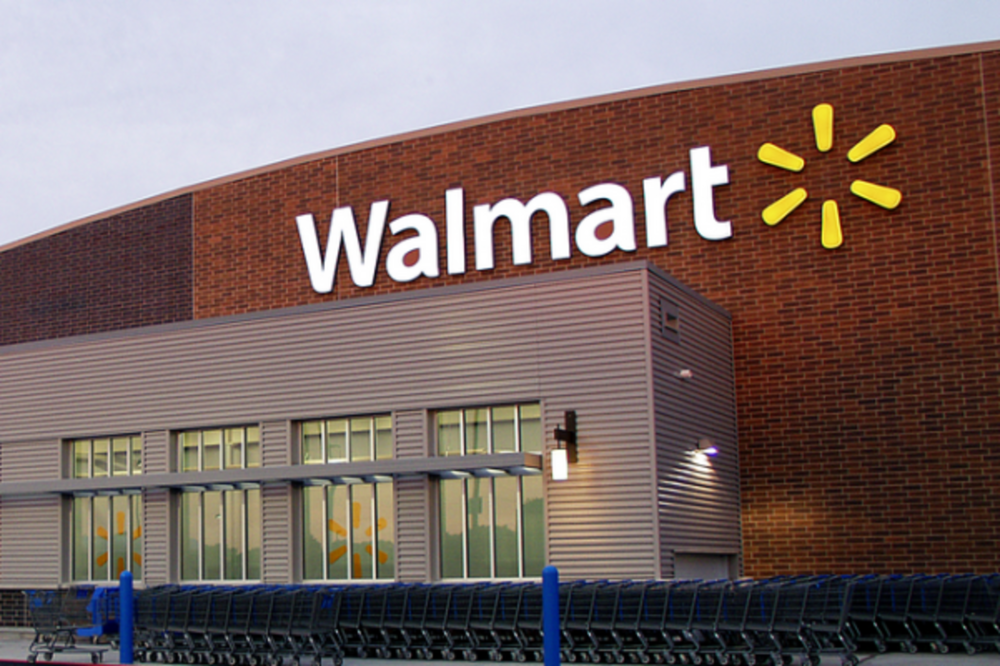Today’s forward-thinking retailers know they must continually integrate new technologies into their sales strategies to attract customers and retain interest. Here’s how some brands have explored new high-tech capabilities:
1. IKEA experiments with AR
The Swedish furniture retailer IKEA took the world by storm by implementing augmented reality (AR) into their marketing mix, letting people “see” how certain pieces of furniture look in their home through a mixed-reality app. The brand’s experiment with AR helps buyers make more confident purchases and provides a more engaging customer experience.
2. Lowe’s gets robotic
Lowe’s is beta-testing the “LoweBot” — a customer-centric robot that speaks to shoppers and includes a touchscreen that gives information. The robot helps customers find their way around, which helps reduce frustration that can come with navigating big box stores. Lowe’s also teamed up with Virginia Tech researchers to create robotic exoskeletons for employees to wear while working with heavy boxes or stocking shelves. The suits ease the burden of heavy lifting for employees, reducing fatigue and speeding up the stocking process.
3. Walmart reads people’s moods
Walmart has worked hard to become a tech-savvy retailer to stay competitive with Amazon. Walmart has reportedly filed a patent to develop technology that gauges happiness through facial recognition. Walmart plans to use the technology to provide more comprehensive customer service, as well as analyze and track satisfaction trends.
4. Ford shifts more transactions online
Ford linked up with AutoFi, a financial technology company, to create a way to make it easier for people to secure financing and buy vehicles online before signing paperwork in person.
The combination of online and in-person sales allows shoppers to take care of most of the car-buying process online. However, they their vehicles and ask questions at the dealership before finalizing the sale.
Ford initially unveiled the program at one location in Ohio. It’ll eventually be available at other dealerships across the U.S.
5. Kroger automates checkout
Although it isn’t the first retailer to strongly consider cashier-free checkout experiences, Kroger got its technology ready to go faster than other brands in the market. This year, Kroger will let people shop for items without ever speaking to cashiers.
Shoppers will scan items they want with a hand-held gadget provided by the store, or through a dedicated smartphone app. In the beginning, people will have to go to self-checkout portals to complete their payments, but Kroger plans to eliminate that step by eventually allowing customers to pay through their mobile app.
Kroger already offers a “ClickList” option that lets people create shopping lists of desired items at home, then pick up the products later. Both the ClickList and upcoming cashier-free opportunities enable people to get the things they need without unnecessary delays, which helps with positive brand experiences.
6. Sephora adds a chatbot
Sephora teamed with Kik, a popular chat app for teens, to create a bot that allows the beauty brand to engage with customers on a 24-hour basis. Customers can also use the bot in-store to rate recent purchases or products they like.
These six brands prove staying ahead of the curve and remaining relevant to customers often means investing in technologies.








